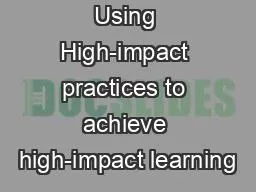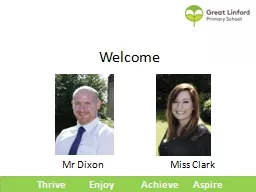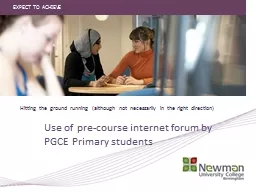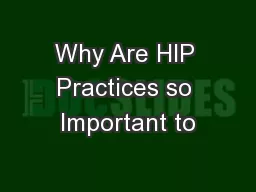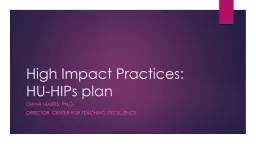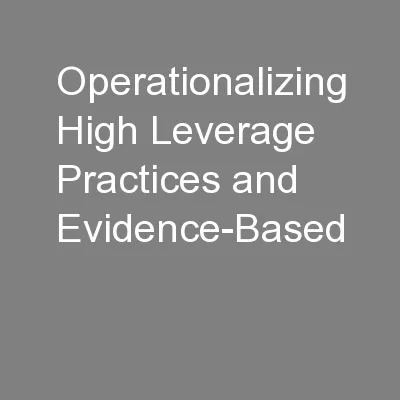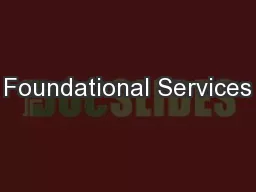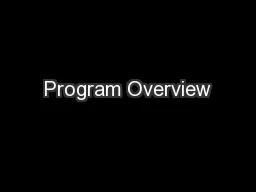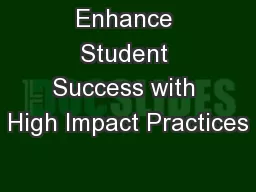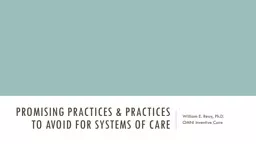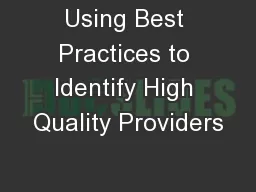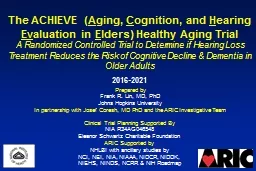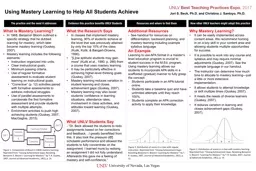PPT-Using High-impact practices to achieve high-impact learning
Author : popsmolecules | Published Date : 2020-08-29
hip s 101The basics Gordon Uno Department of Microbiology and Plant Biology University of Oklahoma gunoouedu Academically Adrift Limited Learning on College Campuses
Presentation Embed Code
Download Presentation
Download Presentation The PPT/PDF document "Using High-impact practices to achieve h..." is the property of its rightful owner. Permission is granted to download and print the materials on this website for personal, non-commercial use only, and to display it on your personal computer provided you do not modify the materials and that you retain all copyright notices contained in the materials. By downloading content from our website, you accept the terms of this agreement.
Using High-impact practices to achieve high-impact learning: Transcript
Download Rules Of Document
"Using High-impact practices to achieve high-impact learning"The content belongs to its owner. You may download and print it for personal use, without modification, and keep all copyright notices. By downloading, you agree to these terms.
Related Documents

